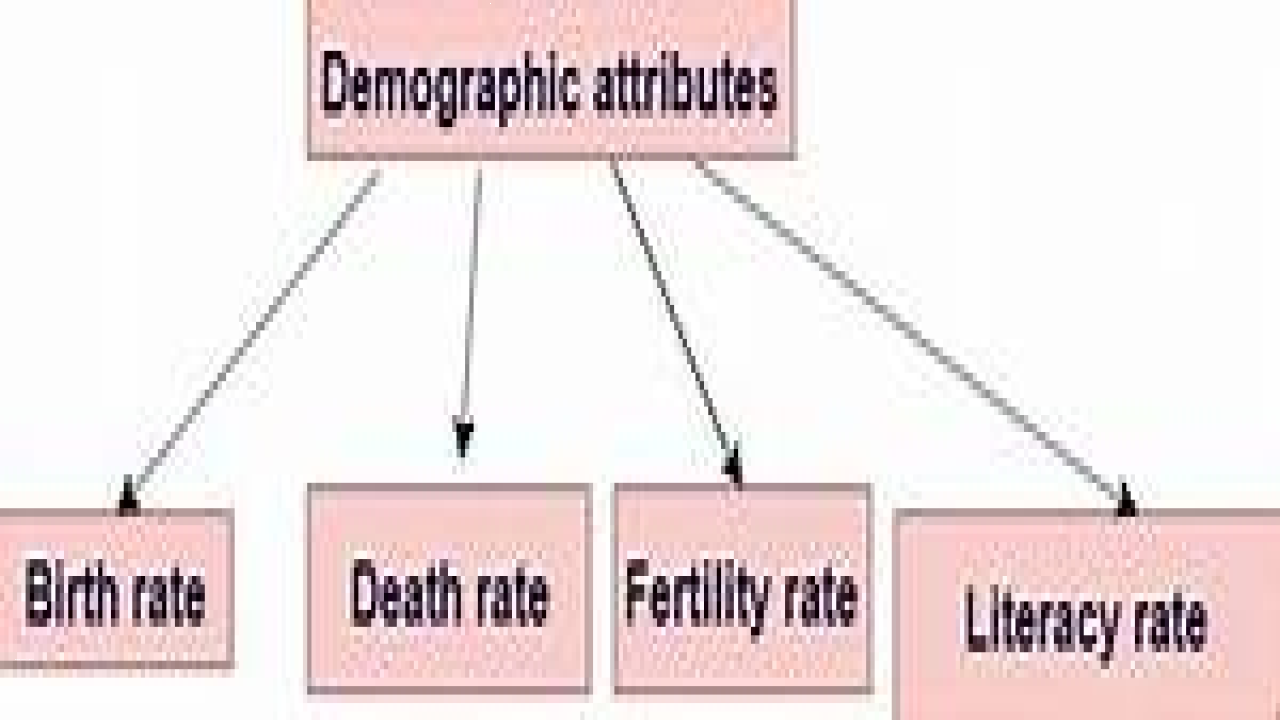Demographic Attributes
Demographic attributes refer to the characteristics of a population, such as age, gender, race, ethnicity, and education level. The study of demographic attributes is an essential tool for understanding population dynamics and social trends.
Meaning of Demographic Attributes
Demographic attributes refer to the characteristics of a population, such as age, gender, race, ethnicity, and education level. Demographic attributes are essential indicators of population dynamics, such as population growth, migration, and urbanization. Demographic attributes are also important for social and economic planning and policy development.
History of Demographic Attributes
The study of demographic attributes can be traced back to the 17th century, when scholars began to collect and analyze data on population characteristics. The development of statistical methods in the 19th century led to significant advances in demographic research. The mid-20th century saw the emergence of modern demographic research, with the development of population models, methods for analyzing population data, and the use of computer technology.
Types of Demographic Attributes
Demographic attributes can be classified into several types, including:
- Age: Age refers to the chronological age of a person, usually measured in years. Age is an essential demographic attribute, as it influences population growth, mortality, and morbidity rates.
- Gender: Gender refers to the social and cultural roles and expectations associated with being male or female. Gender is an essential demographic attribute, as it influences social and economic opportunities and access to healthcare and education.
- Race and Ethnicity: Race refers to the physical characteristics of a person, such as skin color, while ethnicity refers to cultural and social characteristics, such as language and religion. Race and ethnicity are essential demographic attributes, as they influence social and economic opportunities and can lead to disparities in healthcare and education.
- Education: Education refers to the level of formal education attained by a person. Education is an essential demographic attribute, as it influences social and economic opportunities and is a predictor of future income and employment prospects.
Examples of Demographic Attributes
Here are some examples of demographic attributes:
- Age: The median age in Japan is 47 years, one of the highest in the world, while the median age in India is 27 years, one of the lowest.
- Gender: Women make up 50.8% of the population in the United States, but only 24% of the seats in the U.S. Congress.
- Race and Ethnicity: In the United States, African Americans and Hispanic Americans have higher rates of poverty and lower levels of educational attainment compared to white Americans.
- Education: In Sweden, 40% of the adult population has completed tertiary education, compared to 30% in the United States.
Issues with Demographic Attributes
Despite the importance of demographic attributes, there are several issues associated with the topic, including:
- Data Availability: The availability of reliable and accurate data is a challenge for demographic research, particularly in developing countries where data collection can be expensive and time-consuming.
- Privacy Concerns: The collection and use of personal data for demographic research raise concerns about privacy and confidentiality.
- Bias and Discrimination: Demographic attributes can be used to discriminate against individuals or groups, leading to social and economic inequality.
- Aging Population: The aging of the population in many developed countries is a concern, as it can lead to labor shortages, a decline in economic growth, and increased demand for healthcare and social services.
- Disparities: Demographic attributes can lead to disparities in social and economic opportunities, such as access to healthcare, education, and employment.


